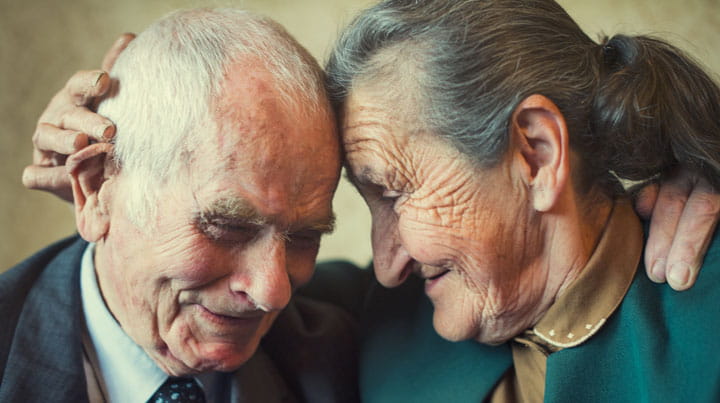 From the links, students could spend time finding out about the specific health needs in their own locality, such as, is there a higher than average rate of teenage pregnancy? A high incidence of dementia linked to a higher than average number of people of retirement age? They could then consider what could and is being done to proactively meet the needs of the identified groups.
From the links, students could spend time finding out about the specific health needs in their own locality, such as, is there a higher than average rate of teenage pregnancy? A high incidence of dementia linked to a higher than average number of people of retirement age? They could then consider what could and is being done to proactively meet the needs of the identified groups.This TED talk picks up on the note about patient passivity mentioned above in the medical model:
Discover More Rebecca Onie asks audacious questions:
The Expert Patient Programme is one way in which the NHS has tried to address this issue, information about which can be found here:
Discover More Specialist referrals and services
Another example could be exercise prescriptions:
Discover More Exercise on prescription

This detailed slide presentation examines the representation of men and women in the media and ha...

Nicola Sturgeon, First Minister for Scotland, endured perhaps some of the most sexist media se...

Students could use this material, their own experiences and independent research to write a re...

After watching this talk, students could conduct their own content analysis of British newspap...

So what are, or is, ‘the media’? ‘Media’ is the plural of the word &ls...

Representation needs to be understood as a process of re-presenting. A process by which cultur...

Who sets the news agenda? This Radio 4 news programme provides a thorough and well-explained o...

With this background information provided, students could be tasked with researching and produ...

The documentary below examines the concentration of media ownership in the US. After watching ...

This podology resource provides some valuable examples of the ways in which new media can be s...

‘Media’ is a popular topic that has featured on A-level (and similar) Sociology courses for ma...